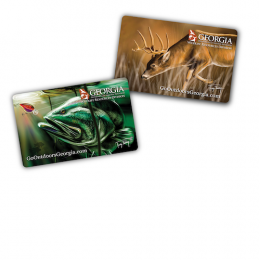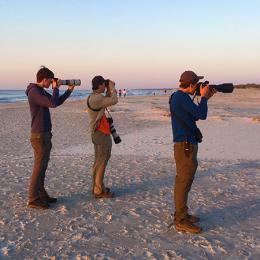For optimal utilization of this audio, we recommend using Chrome or Firefox web browsers.
An official website of the State of Georgia.
- 1
- 2
- 3
- 4
- 5

2025–2026 Regulations are Here!
Hunting & Fishing Regulations available now—plan your season!

Chronic Wasting Disease
Take a Stand Against CWD

Upgrade to a durable card today
Choose from four card design options!

EXPLORE THE WILDLIFE ACTION PLAN
NEWLY REVISED STRATEGY GUIDES CONSERVATION STATEWIDE
Press Releases
Social Circle, GA
Commercial fishermen can take to the water beginning at 12 a.m. on Jan.
Social Circle, GA
Teachers and students across the state are invited to celebrate wildlife through art by participating in the 36th annual Give Wildlife a Chance Poster Contest.
featured
1
2
3















